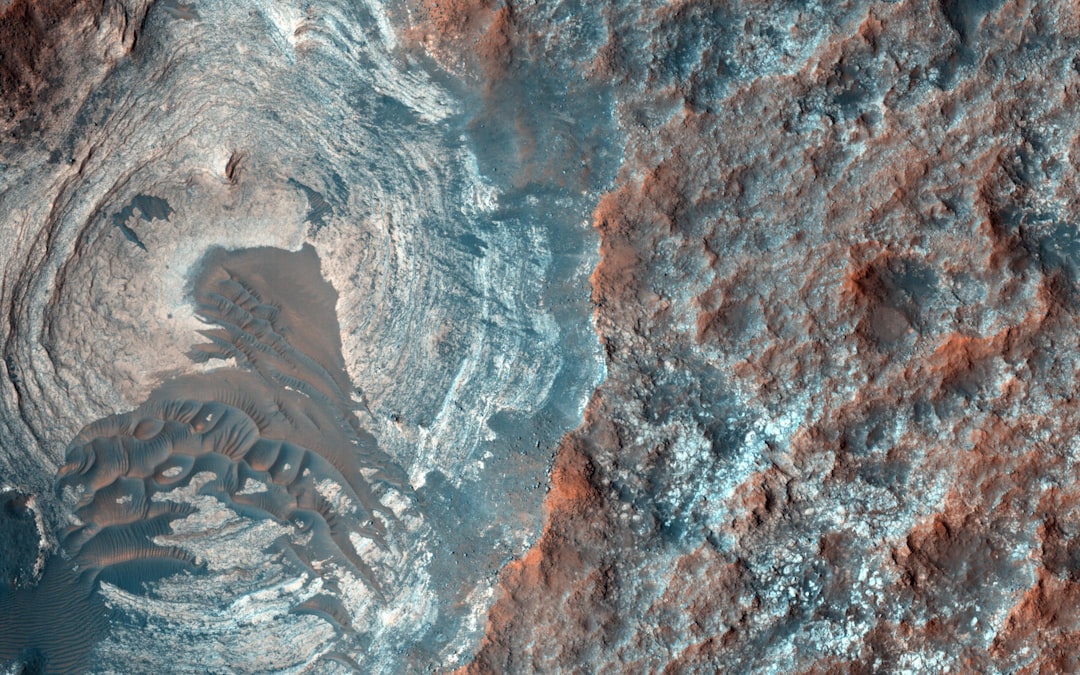What is it about?
Brimonidine, an anti-glaucoma medicine, acts as an adrenergic agonist which decreases the synthesis of aqueous humour and increases the amount of drainage through Schlemm's canal and trabecular meshwork, but shows dose-dependent (0.2% solution thrice daily) toxicity. To reduce the side effects and improve the efficacy, brimonidine was nanoencapsulated on ultra-small-sized chitosan nanoparticles (nanobrimonidine) (28 ± 4 nm) with 39% encapsulation efficiency, monodispersity, freeze-thawing capability, storage stability, and 2% drug loading capacity. This nanocomplex showed burst, half, and complete release at 0.5, 45, and 100 h, respectively. Nanobrimonidine did not show any in vitro toxicity and was taken up by caveolae-mediated endocytosis. The nanobrimonidine-treated trabeculectomy tissue of glaucoma patients showed better dilation of the trabecular meshwork under the electron microscope.
Featured Image

Photo by Harry Quan on Unsplash
Why is it important?
Present work is the direct evidence for enhancing bioavailability and reducing toxicity of Brimonidine by nanoencapsulation (nanobrimonidine) after topical administration. Thus, the developed nanobrimonidine has the potential to improve the efficacy, reduce dosage and frequency, and improve delivery to the anterior chamber of the eye.
Perspectives
Nanobrimonidine has the potential to be used for open-angleglaucoma due to its ultra-small size (28 nm), higher drug loadingcapacity, stability, longer controlled release, and better functionson dilation of the trabecular meshwork. We have developed anew and simple method for the synthesis of monodisperse ultra-small (28 ± 5 nm) nanobrimonidine using modified ionotropicgelation between low molecular weight deacetylated chitosanand STPP. The stability and homogeneity of these NPs were fur-ther enhanced by surface capping using pluronic F-68 to avoidaggregation during multi-round lyophilization and re-suspension.The average zeta potential of nanobrimonidine (+37 eV) is very important for achieving the functional stability. The encapsula-tion efficiency was 39% and the particles were stable for monthsafter freeze-drying. In vitro release study revealed that the burstrelease occurred in 0.5 h and complete release in 100 h. Theseparticles showed no cytotoxicity with concentrations up to5.0 mg/mL by MTT and CyQUANT assay. The internalizationof nanobrimonidine showed the maximum uptake throughreceptor-mediated endocytosis pathway. The developed nanobri-monidine has good potential for the dilation of trabeculectomytissue of glaucoma patients.
Rahul Kumar
Read the Original
This page is a summary of: Effect of Ultra-Small Chitosan Nanoparticles Doped with Brimonidine on the Ultra-Structure of the Trabecular Meshwork of Glaucoma Patients, Microscopy and Microanalysis, April 2019, Cambridge University Press,
DOI: 10.1017/s1431927619000448.
You can read the full text:
Contributors
The following have contributed to this page










